The sight and sounds of Coca-Cola bottles whizzing around a conveyer belt was a familiar one for generations of Dundee children.
After opening on the site of Gray’s Garage and car showroom in 1954, the Coca-Cola bottling plant was a cornerstone of Clepington Road for almost 30 years.
Standing in the shadows of tenements on the corner of Graham Street, the plant had huge windows that proved particularly inviting to the local children.
By the time Coca-Cola reached Dundee in the mid-1950s, the brand was firmly embedded in popular culture.
The soft drink manufacturer’s memorable marketing campaigns and distinctive red and white branding made it an icon of the 20th Century in its own right.
A post-war powerhouse, Coca-Cola influenced everything from Christmas, to contemporary artists like Andy Warhol – and was even immortalised in the song lyrics to Lola by The Kinks.
In a clever branding decision early on, Coca-Cola launched its ‘Contour’ bottles in 1915 to make it stand out from rival drinks manufacturers’ bottles.
The idea was that the bottle was so distinctive and different its curves would be identifiable as Coca-Cola even in the dark or when broken.
The soft drink was, and remains, so popular that it is said to outsell almost every other soft drink in every country – except Scotland.
Here, Irn-Bru is still king.
Although, Carnoustie-based Meri-Mate was perhaps a close second in Tayside.
But imagine the excitement of the kids of Clepington Road in 1954 when the American giant arrived in town – virtually on their doorsteps.
With St Michael’s Secondary School – later an annexe to Lawside Academy – just around the corner, there was no shortage of young passers-by to watch the thrills and spills of bottling in action.
What child could resist pressing their nose against the glass to watch the mesmerising motion of bottles snaking around the production line?
The empty bottles came clattering and rattling along the production line, before being filled with Coca-Cola syrup and soda.
Some Dundonians still recall how the machine then turned the bottles upside down to mix the contents, creating Coca-Cola, as if by magic, before their very eyes.
The bottles would continue their journey along the conveyer belt where they would be sealed with a cap, before being whipped off the production line by hand and into crates.
Many happy minutes were whiled away by schoolboys and girls peering through the windows watching the bottling fleein’ round the production line.
And for a few lucky ones, the spectating occasionally paid off when any bottles that didn’t quite pass the stringent inspection were brought out for the youngsters to enjoy.
Of course, this was on the agreement that the bottles were brought back to be reused.
If you brought back a full crate of empties you’d receive cash in return – which proved handy when popping to Masterton’s, further along the road, for some sweeties.
And those who worked at the factory also had the added perk of taking home some Coca-Cola at the end of their shifts.
As a result, it was said many fridges in Cleppie Road were always well stocked with the ‘Real Thing’.
Closure of Cleppie Road bottling plant
However, by the 1980s sugary, fizzy drinks were no longer flavour of the month.
Public health campaigns began to push back against the relentless advertising of junk food conglomerates.
‘Healthier’ diet drinks were now in vogue, and rival Pepsi-Cola began to gain traction through its own aggressive marketing campaign.
And Coca-Cola replaced its classic drink with the sweeter ‘New Coke’, which flopped, prompting a public u-turn.
The soft drink market had already started to go flat, and there were fears for jobs at the Clepington Road premises.
Those fears materialised in February 1983 when it was announced that the Dundee Coca-Cola premises would be closing on April 11 that year.
Although the neighbouring sales depot would remain open, all production line staff, alongside some maintenance and supervisory staff, lost their jobs.
A Coca-Cola spokesman said the decision was a “direct result of lower consumer spending”.
He added that the manufacturer “regretted” having to take the decision but had been “compelled to close” because of a shift in the soft drinks market.
A total of 19 members of staff were made redundant when the plant closed, just shy of hitting 30 years of bottling – and entertaining young Dundonians.
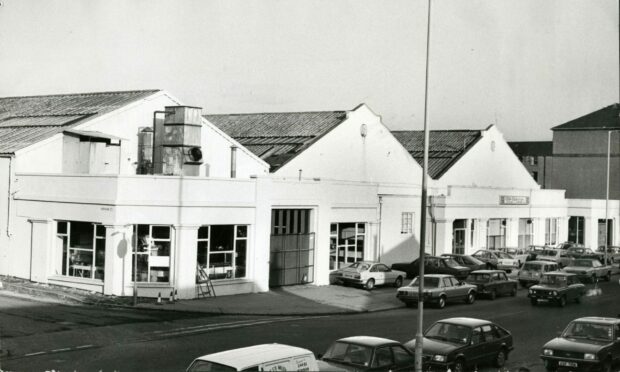
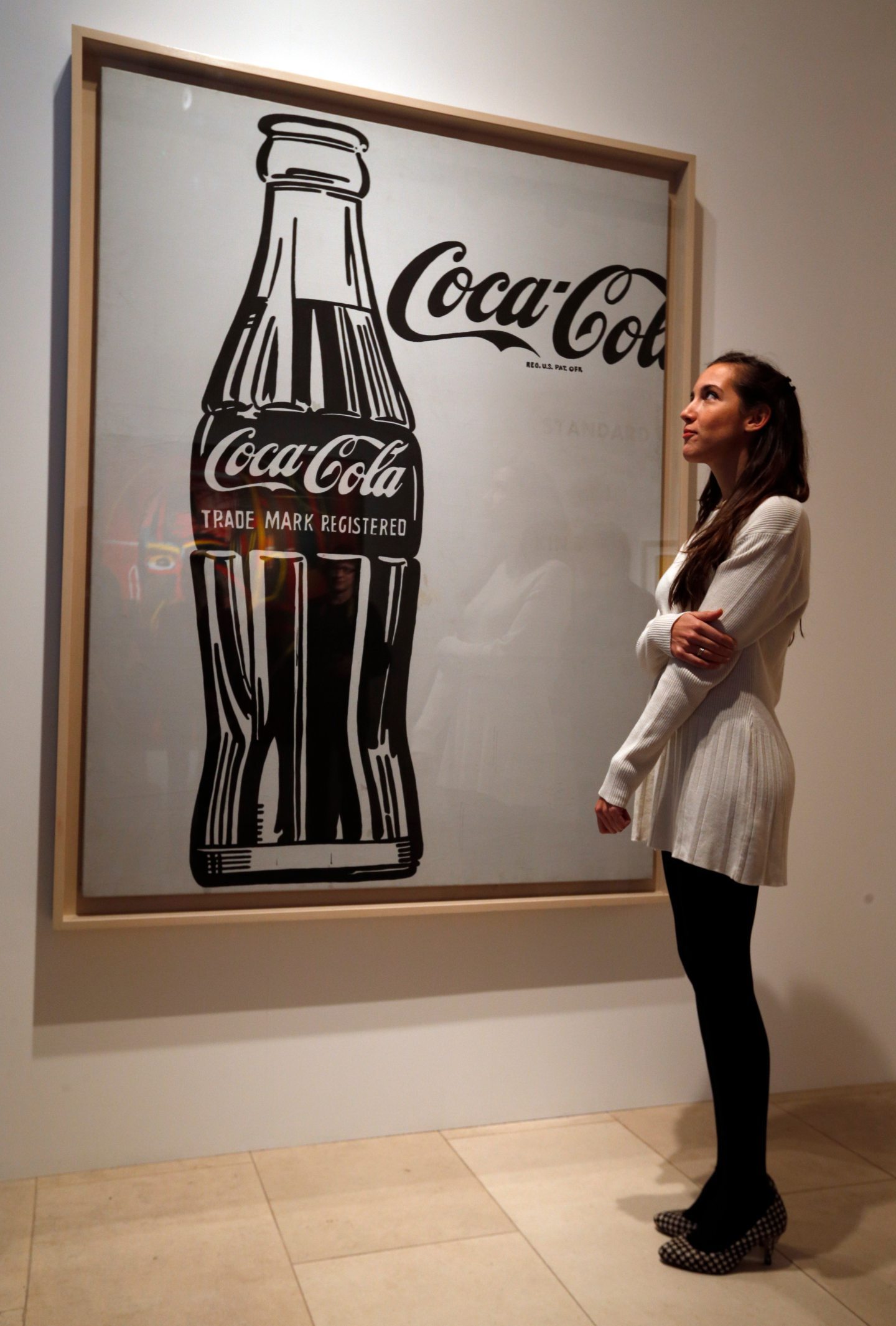
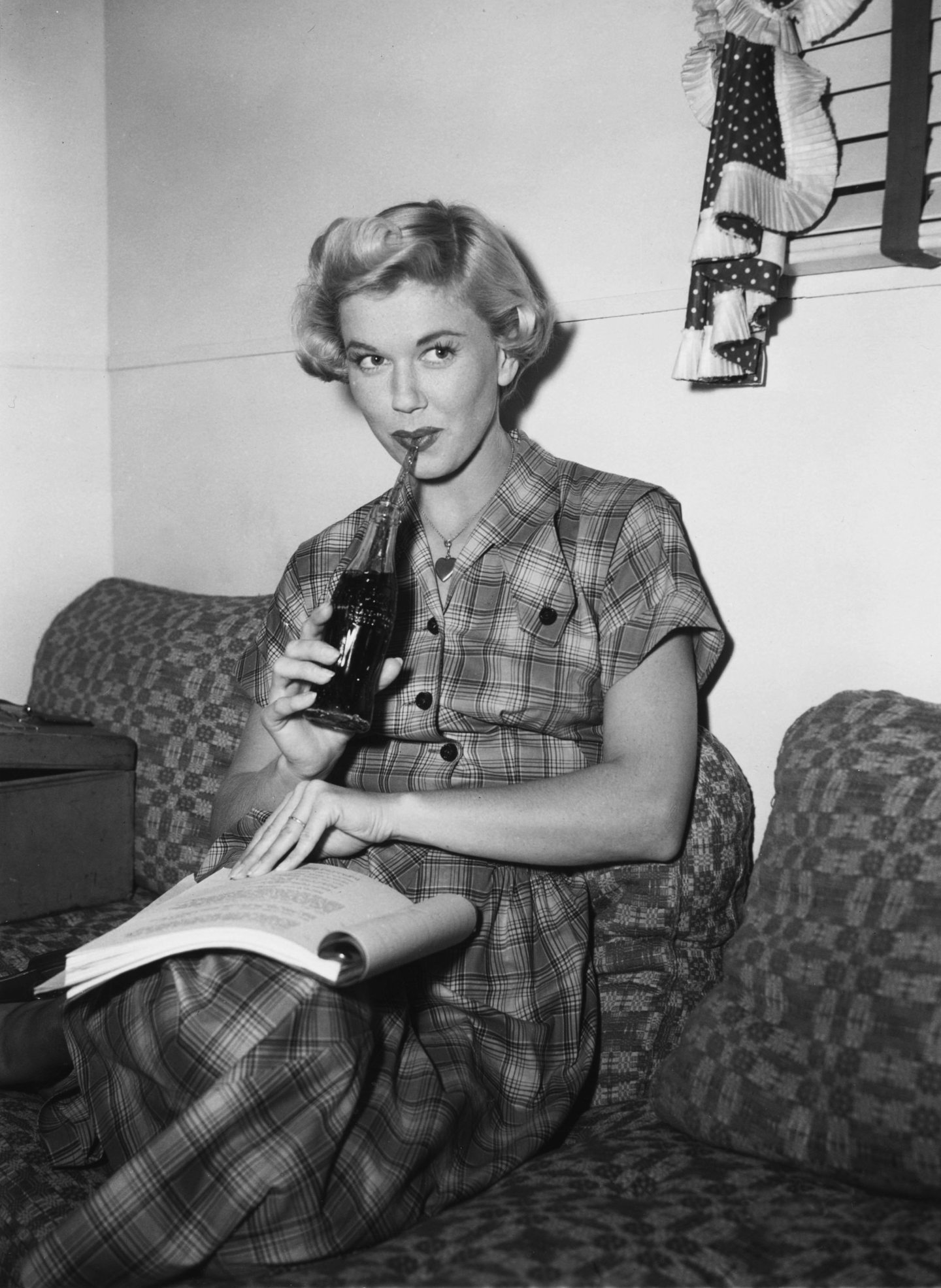
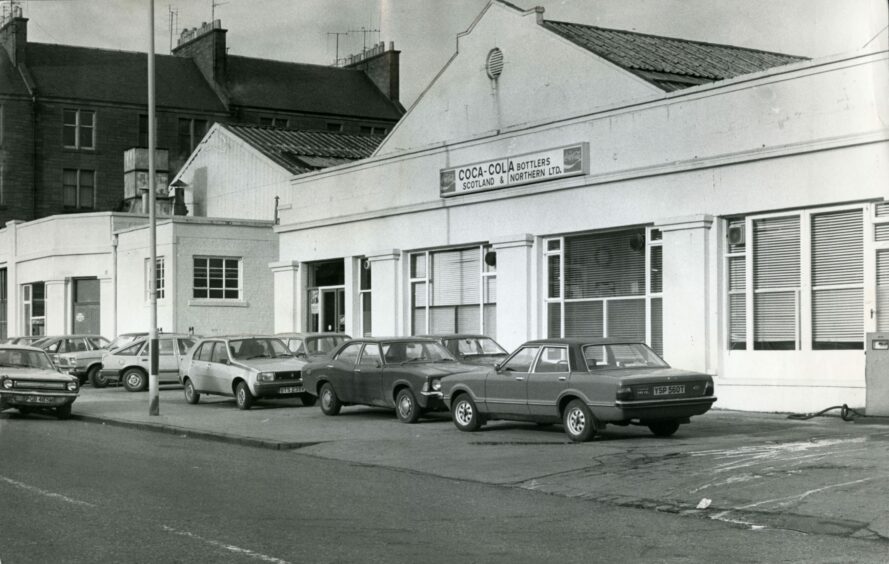
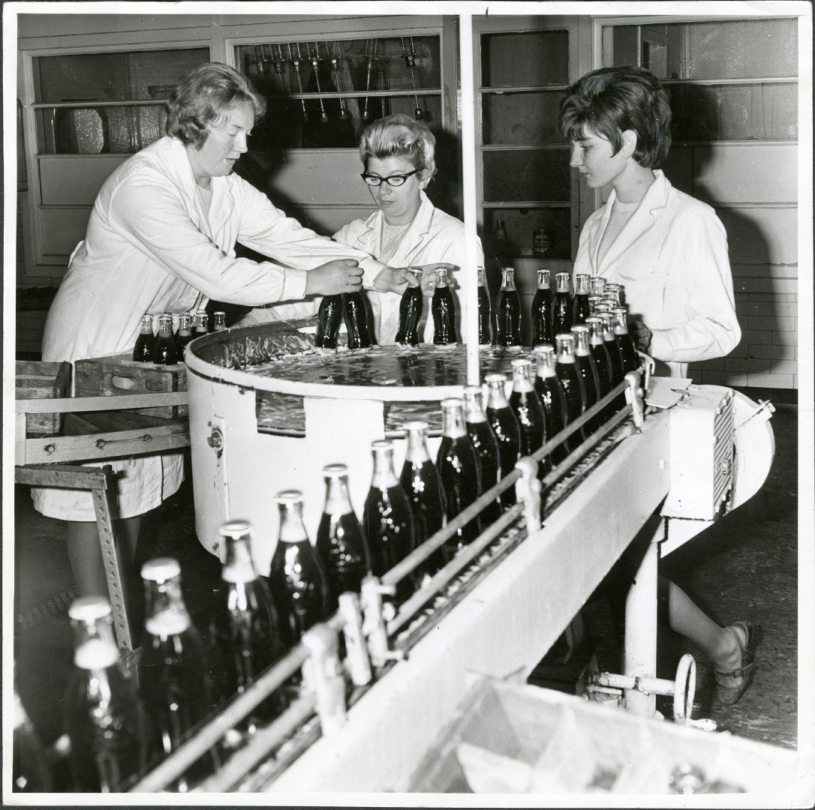
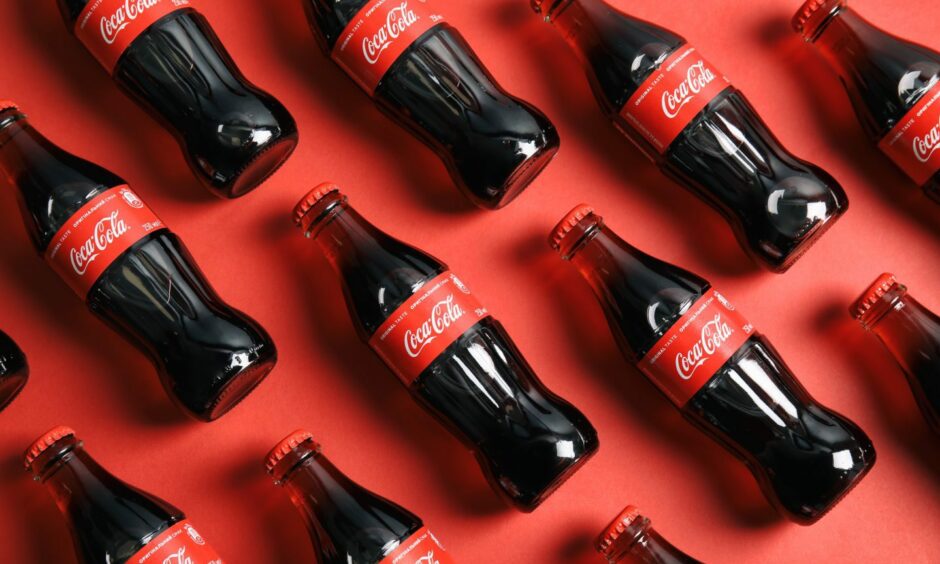

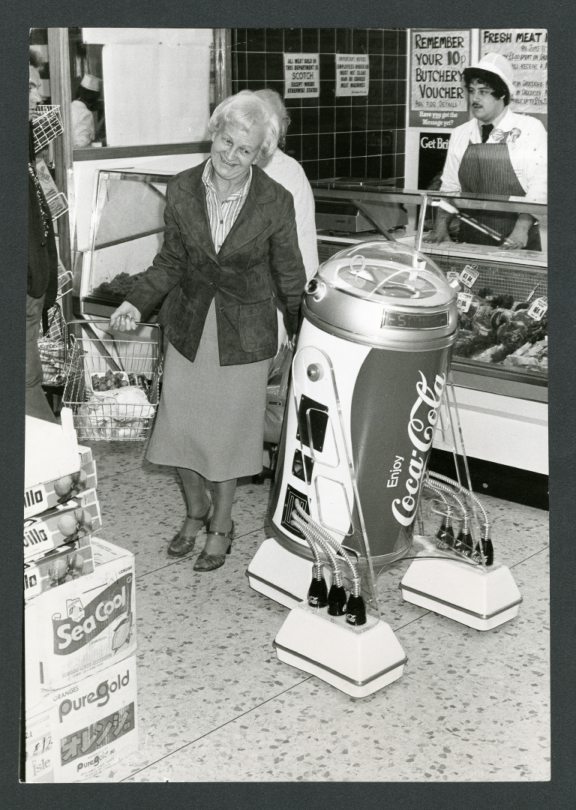










Conversation